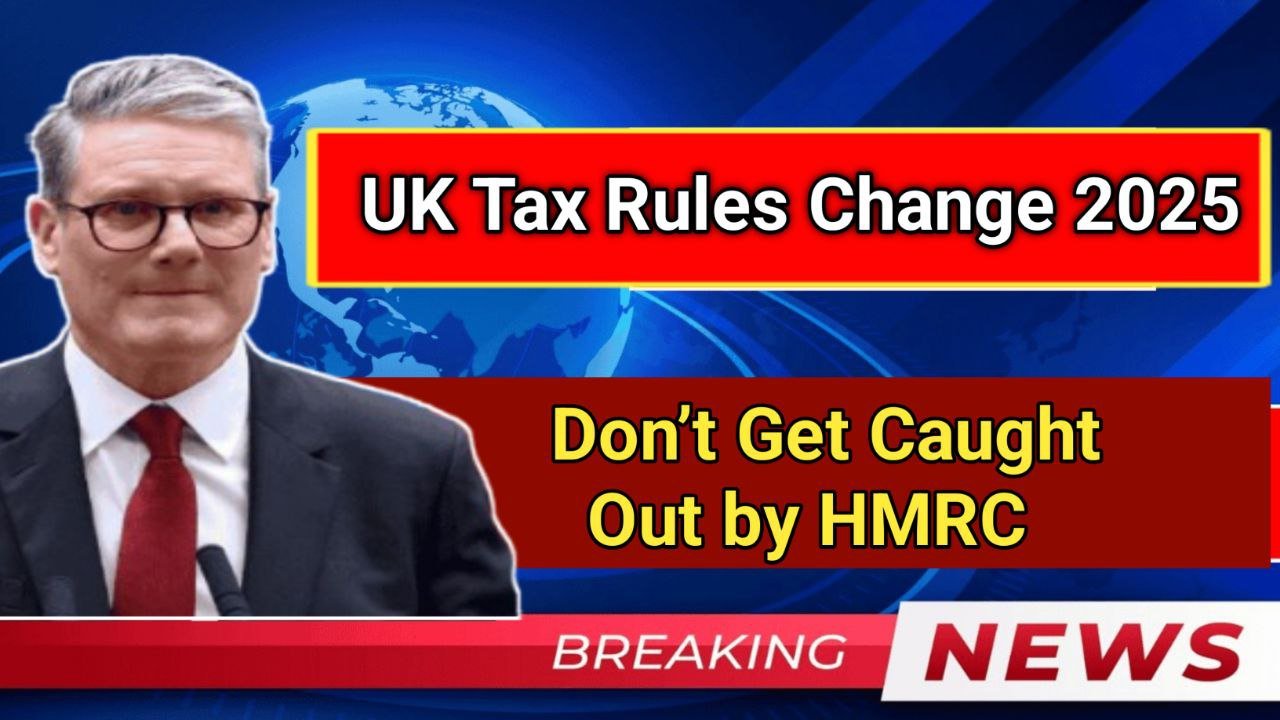By 2025, HM Revenue & Customs (HMRC) is introducing some of the most significant updates in years.
From stricter penalties for late filing, to higher allowances for side hustles, to a major push towards digital communication – these changes will affect millions across the UK, including employees, the self-employed, landlords, and retirees.
This guide explains every important change, how it might affect you, and practical steps to stay compliant – and avoid unnecessary fines.
Why 2025 Is a Turning Point for UK Taxpayers
The year 2025 marks the start of a major modernisation drive at HMRC. The government has stated that the UK’s tax administration needs to be faster, simpler, and more efficient.
While these updates will bring convenience for many, they also mean tighter deadlines, sharper penalties, and more digital-only processes. If you’re not ready, you could easily be caught out.
Digital-First HMRC – Less Paper, More Online
HMRC is moving to a “digital-first” approach in communication, aiming to cut physical letters by 75% by 2028–29.
Most notifications, reminders, and updates will now be sent via your online HMRC account or email. Paper letters will still be available for vulnerable individuals or those without reliable internet access – but you’ll likely need to request them.
Important updates such as tax code changes, VAT reminders, and penalty notices could arrive digitally only – so it’s crucial to check your HMRC account regularly. Setting up account alerts can ensure you never miss a deadline.
New Penalties for Late Filing & Payment under Making Tax Digital
From April 2025, HMRC is introducing stricter late filing penalties under Making Tax Digital (MTD) rules.
If you file or pay 15 days late, you’ll face an initial penalty of 3% of the tax due. At 30 days late, an additional 3% is added, and after a month, the total penalty reaches 10% of the tax owed. Continued non-payment will also trigger daily interest charges at HMRC’s late payment rate.
This will affect the self-employed, landlords, and VAT-registered businesses. From April 2026, anyone earning £50,000 or more will have to file under MTD rules, with a lower threshold planned in later years. Filing early is the safest way to avoid both penalties and interest charges, which are currently over 8% for late payments.
Side Hustle Tax-Free Allowance Increased
From Spring 2025, the trading allowance will increase from £1,000 to £3,000 per year.
This means that if you earn under £3,000 annually from self-employed activities – such as selling crafts on Etsy, part-time tutoring, or delivery driving in your spare time – you won’t pay income tax on that income. You also won’t need to register with HMRC or file a Self Assessment solely for that income, as long as it stays below the threshold.
However, if your side hustle income goes over £3,000, you must register and declare it.
Interest Rate Adjustments for Late Payments and Refunds
From May 2025, HMRC’s late payment interest rate will stand at 8.25%, linked to the Bank of England base rate. In contrast, the overpayment interest rate – paid when HMRC owes you money – will be just 3.25%.
The takeaway is simple: paying late will cost you significantly more than HMRC pays you for refunds, so meeting deadlines is essential.
Inheritance Tax Investigations on the Rise
HMRC is increasing its focus on inheritance tax (IHT), with investigations up by 41% year-on-year.
In 2025, expect more targeted checks on estates valued above the £325,000 threshold, closer scrutiny of gifts made within seven years of death, and tighter reviews of agricultural and business property relief claims.
Keeping detailed records of large gifts, property transfers, and estate planning actions is vital, as HMRC can review up to 20 years in certain cases.
Tax Simplification Measures
The Spring 2025 Budget introduced 26 tax simplification reforms designed to make compliance easier. These include raising the Capital Goods Scheme threshold to £600,000, removing HMRC pre-approval for certain National Insurance elections, and exempting IT equipment from some VAT adjustment rules.
For businesses, these changes mean less paperwork and faster processes – but also greater responsibility to manage everything digitally.
Updated Employment Status Check Tool
From April 2025, HMRC’s Check Employment Status for Tax (CEST) tool will get a major upgrade. The interface will be more user-friendly, mobile-compatible, and will have simplified questions to help determine employment status for tax purposes.
If used correctly, HMRC will stand by the results given by the tool – a significant help for contractors navigating IR35 rules.
Impact on Businesses
Small and medium-sized businesses will see an increased need for digital accounting software to comply with MTD, and may face cash flow challenges if penalties are triggered. However, simplified VAT and NI processes could save time in the long run. Faster digital communication from HMRC could also improve efficiency.
Impact on Individuals
For individuals – especially the self-employed, landlords, and those with side hustles – these updates mean that digital readiness is essential. Deadlines are stricter, small earnings may be tax-free under the new allowance, and estate planning must be handled carefully to avoid inheritance tax disputes.
How to Prepare for HMRC 2025 Changes
To prepare, start by creating or updating your HMRC online account and enabling email or SMS notifications for deadlines. Use approved digital bookkeeping software, track all income streams (even small ones), keep inheritance and property records organised, and always aim to file early to avoid penalties and interest.
Staying Ahead in 2025
The HMRC 2025 updates are not just minor tweaks – they’re part of a bigger move towards a fully digital tax system. Those who adapt now will find tax management quicker and easier, while those who delay risk higher costs and more stress.
By understanding the changes and taking action early, you can make 2025 a smooth and penalty-free tax year.
